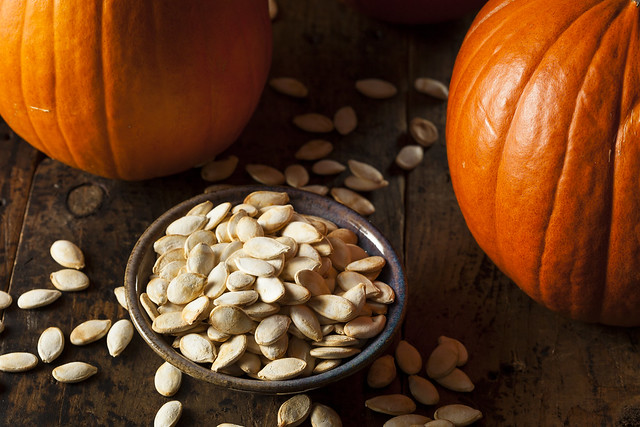
Summer is fading, and the fall season will soon be bringing crisp air and colorful leaves, and creatively carved pumpkins will be sitting on the front steps of neighborhood houses. Pumpkins—fall wouldn’t be quite the same without them—but what do you really know about them?
Did you know pumpkin is a member of the squash family and it’s rich in beta-carotene? Beta-carotene is a carotenoid and antioxidant. This natural plant compound is what gives pumpkins their beautiful bright orange hue.
Scientists with the Agricultural Research Service (ARS) developed an environmentally friendly way to measure beta-carotene and other beneficial carotenoids found in pumpkin. The scientists’ research has shown that pumpkin has more beta-carotene than many other foods in your kitchen cabinet. Even more exciting is that our bodies can naturally convert beta-carotene into vitamin A—an essential vitamin that helps promote good eye health and vision, healthy skin, proper development and more. Now that’s a reason to get pumped up for pumpkin!
Including the pureed pumpkin found in cans at your local market, pumpkin is used in a variety of tasty dishes from soups and smoothies to snacks and your favorite desserts. If that wasn’t enough, here’s another reason to get pumped up for pumpkin: ARS scientists have identified native bees that are important pollinators of pumpkin plants to ensure we have an abundant supply of this seasonal treat.
Want to learn more about the nutrients found in pumpkin or any other food? Check out FoodData Central, an integrated data system that provides expanded nutrient profile data and links to related agricultural and experimental research. FoodData Central is managed by ARS and hosted by ARS’s National Agricultural Library.
